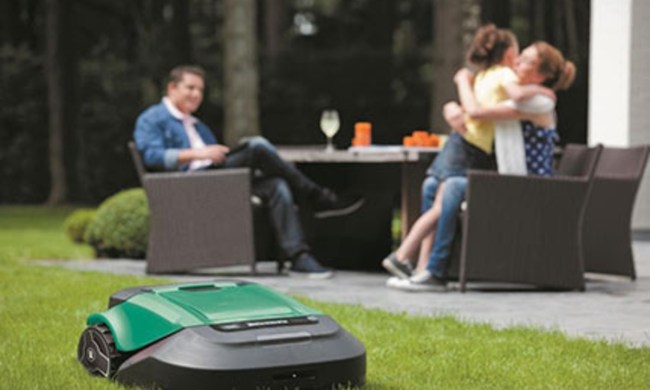The current President of the United States is a big fan of trains.
President Joe Biden likes trains so much, in fact, that he’s often referred to as “Amtrak Joe,” because he used to take the Amtrak to work every day while he was in the Senate. Biden has repeatedly said he wants to unite the country, and while it may not be the most obvious way to do it, it’s possible trains could help get us closer to accomplishing that goal. Here’s why.
A different kind of social network
One of the reasons the U.S. is so divided is that most of us live in our own little bubbles. Political scientists call it the urban-rural divide. Generally speaking, liberals tend to live in cities, and conservatives tend to live in rural areas. Studies have shown that when you burst these bubbles and have people from different ideological backgrounds interact more, they tend to find areas of common ground and feel less divided. Perhaps if we facilitated this kind of bubble bursting, the country would be a little more harmonious.

That’s where trains come in. Blas L. Pérez Henríquez, director of the California Global Energy, Water & Infrastructure Innovation Initiative at Stanford University, tells Digital Trends that there are great social benefits to having a high-speed rail system. Henríquez has studied high-speed rail systems around the world, and he says that not only do they benefit cities in helping to attract talent and new ideas from other cities, but smaller towns also gain extra visitors and people in those towns have easier access to cities.
“There’s a social aspect of connecting communities — connecting communities is a social and economic benefit,” Henríquez says. “These are transformational investments that you can use to change the culture and people’s mobility.”

Unfortunately, unlike many other developed countries, from Japan to Germany, the United States does not have a significant high-speed rail system. What qualifies as high-speed rail is often debated, but even under the loosest of definitions, the U.S. barely has any trains that could be called high speed. Japan’s bullet trains, for example, regularly hit speeds of around 200 miles per hour. Arguably, the only high-speed rail system in the U.S. is Amtrak’s Acela Express, which reaches speeds around 150 miles per hour. That train runs from Boston to Washington, D.C.
Sadly, the rest of the country has nothing comparable. But that could begin to change in the next few years.
All roads lead to rails
Biden has already laid out a plan for bringing high-speed rail to the United States — and he’s hoping it’ll bring more than just bubble-bursting social benefits to the country. There are also huge economic and environmental benefits to building such a system.
“You’ll have the new, permanent jobs the high-speed rail network will create, then you’ll have the temporary jobs in actual infrastructure development and construction, and then you have all of the other supply chain jobs that will be created,” Henríquez says.
Not only will people be employed by the train companies once the system is operational, building the network would create construction-oriented jobs for years, and jobs would also be created in industries like manufacturing to support building the system. The Green New Deal notably prioritizes building a high-speed rail system for this reason.
One of the proposals in the “Green New Deal” is to build high-speed train lines so flying is less necessary. This is not a radical proposal. In Japan, the Shinkansen covers distance approx LA-San Francisco in 2.5 hrs. At peak, trains every 10 minutes. The line was built in 1964.
— Katie Mack (@AstroKatie) February 8, 2019
“There are great environmental benefits if you plan this as a zero-emissions, clean energy supply system and you also integrate life cycle analysis so the supply chain is also considered,” Henríquez says.
It’s pretty simple to grasp. If people hop on trains that run on electricity to travel to other towns or cities, that’s a lot better for the environment than driving that same distance in a car or getting on a plane that burns jet fuel to get there.
Still, despite the abundant evidence that suggests a high speed rail network would be highly beneficial to the United States, it remains to be seen if such a network will ever be built — or even started for that matter. Past rail initiatives have faced huge opposition from the automotive industry and failed to gather enough public support to get off the ground. A renewed movement to bring rail to America would almost certainly face the same struggles.
But who knows — with a rail-loving President in the White House and millions of climate-minded Gen-Z voters joining the rolls ever year, perhaps America’s rail dreams are finally on track to succeed.


